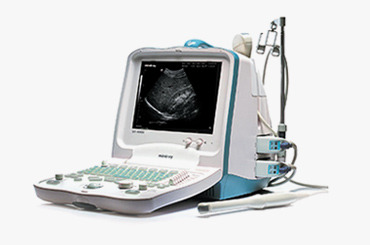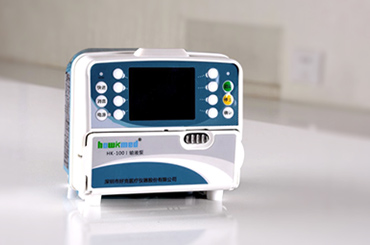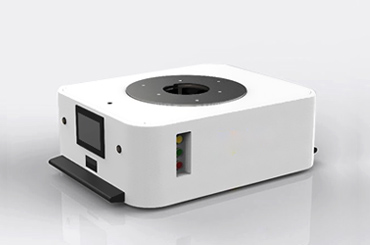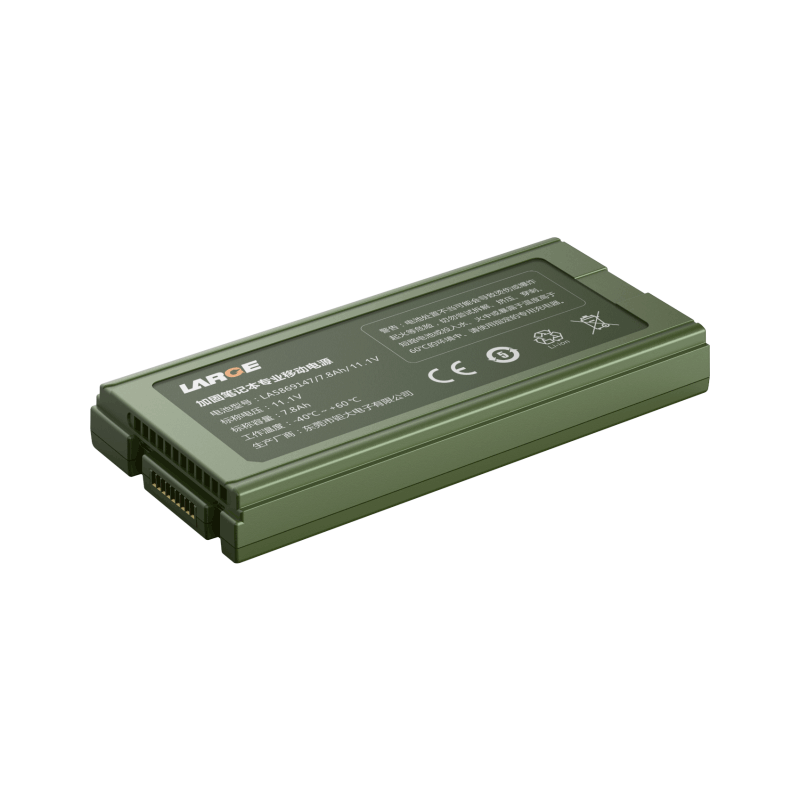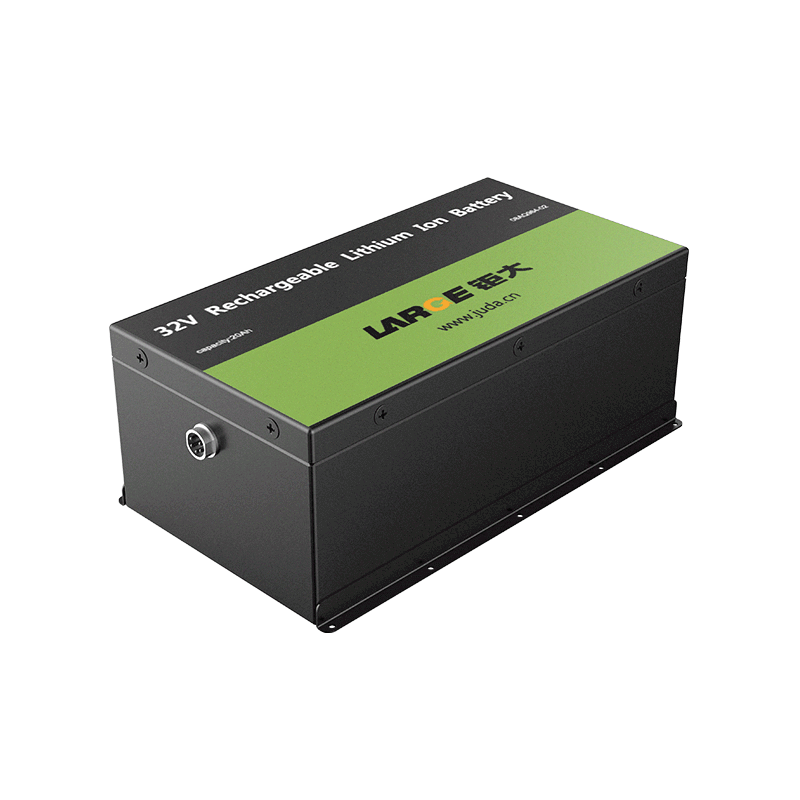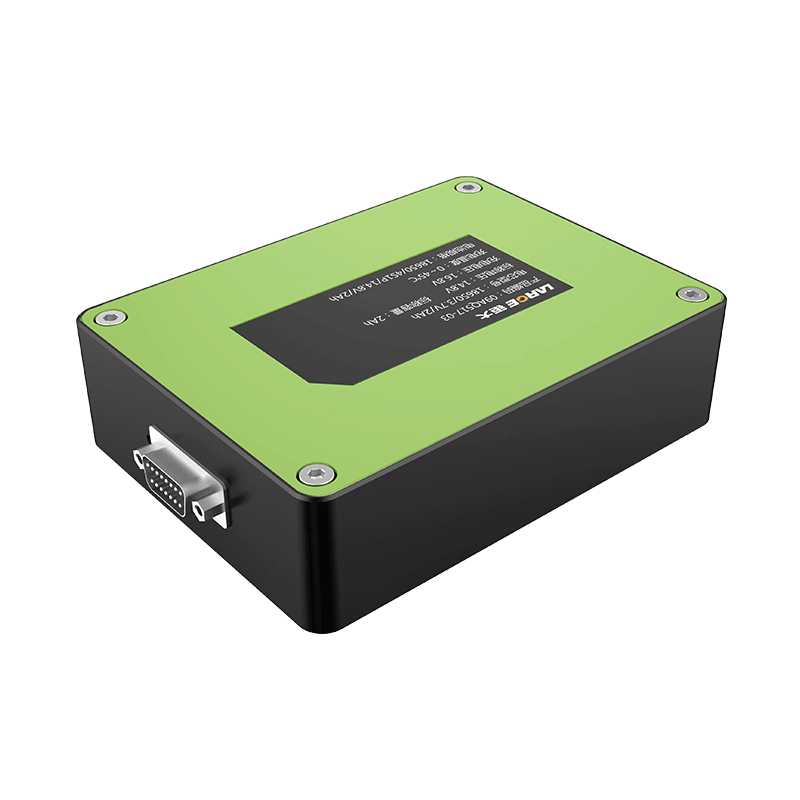-
Key Takeaways
-
Part 1: Key Factors When Choosing the Perfect Vape Battery+
- 1.1 Battery Capacity (mAh) and Usage Time
- 1.2 Battery Discharge Rate (Amps) and Performance
- 1.3 Compatibility with Vape Devices
- 1.4 Safety Features to Look For
-
Part 2: Types of Vape Lithium Battery+
- 2.1 Lithium-Ion (Li-ion) Batteries
- 2.2 Lithium Polymer (Li-Po) Batteries
- 2.3 Lithium Iron Phosphate (LiFePO₄)
- 2.4 All-Solid-State Lithium Batteries (Emerging Tech)
-
FAQ+
- What is the best way to store 18650 vape battery?
- How often should you replace vape pen batteries?
- Can you use any charger for vape batteries?
Finding the Perfect Lithium Battery for Your Vape Device
APR 11, 2025 Pageview:76

Choosing the right vape pen battery is essential for ensuring safety, optimal performance, and device compatibility. A well-matched battery not only enhances your vaping experience but also minimizes risks like overheating or venting. Recent advancements in battery technology have improved safety features, enabling reliable performance even under high-power demands. For instance:
Lithium-ion batteries dominate the market due to their energy density and reliability.
IMR batteries offer stability under stress, providing added safety for users.
Innovations now support variable wattage settings and extended usage times without compromising safety.
A vaper using the Samsung 30Q 18650 battery (3,000mAh, 15A) reported: ‘It lasts 6 hours at medium power (50W), but temperature rise should be monitored during prolonged high-power use (80W+). By selecting a battery tailored to your device's needs, you can achieve longer usage durations and consistent power output, elevating your vaping experience.
Key Takeaways
Pick a lithium battery with high mAh for longer use. More battery capacity means charging less often.
Make sure the battery's power fits your device's needs. This stops overheating and keeps it working well.
Choose batteries with safety features built in. These stop overheating and short circuits, making vaping safer.
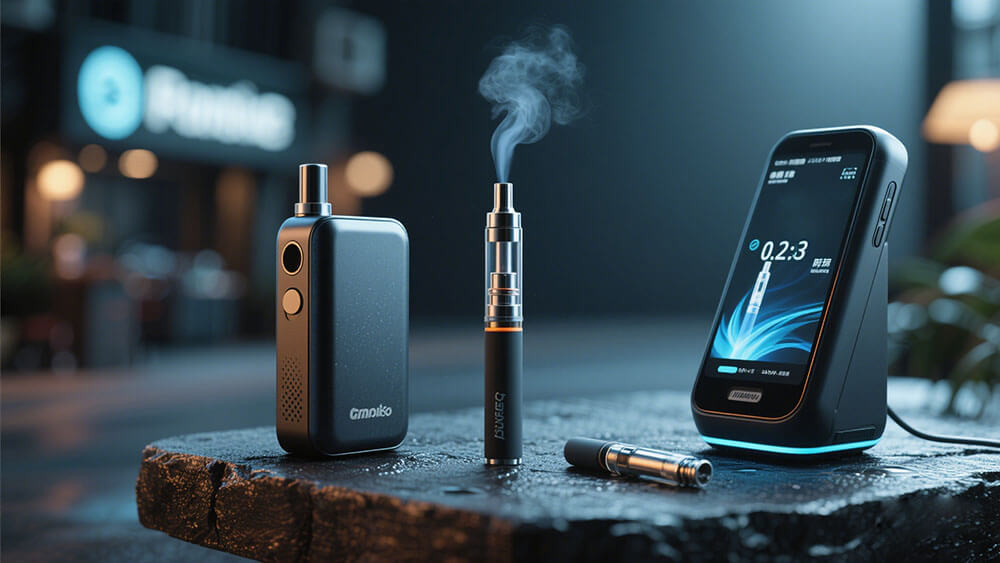
Part 1: Key Factors When Choosing the Perfect Vape Battery
1.1 Battery Capacity (mAh) and Usage Time
Battery capacity, measured in milliampere-hours (mAh), directly impacts how long your vape device can operate before requiring a recharge. Higher mAh rating translate to extended usage times, making them ideal for heavy vapers or devices with advanced features. For instance, a 3,000mAh battery offers significantly longer sessions compared to a 1,500mAh battery.
Technical Insight: Capacity directly determines energy storage. The formula is Usage Time (hours)=Capacity (mAh)/Device Current (mA). For example, a 3,000mAh battery can support ~6 hours at 50W (~10A) (Source: Samsung SDI Whitepaper).
When selecting a vape lithium battery, consider your vaping habits. Devices with higher capacity batteries are better suited for users seeking prolonged performance without frequent recharging.
1.2 Battery Discharge Rate (Amps) and Performance
The discharge rate, measured in amps, determines how much current a battery can deliver safely. High-wattage vape devices require batteries with higher discharge rates to ensure consistent performance. For example, 18650 vape batteries with a 20A discharge rate are ideal for intense vaping sessions. Always match the discharge rate to your device's power requirements to avoid overheating or reduced efficiency.
1.3 Compatibility with Vape Devices
Choosing the right vape battery involves ensuring compatibility with your device. Factors like size, type, and voltage must align with the vape's specifications. The 18650 vape battery is a popular choice due to its versatility and reliability. Proper compatibility ensures optimal performance and prevents potential damage to your device.
1.4 Safety Features to Look For
Safety is paramount when selecting vape pen batteries. Modern batteries incorporate advanced protection circuits to prevent overheating, overcharging, and short circuits. High-energy density batteries, like the 18650, combine compact design with robust safety features.
Safety Feature | Certification Standard |
|---|---|
Overcharge/Discharge Protection | IEC 62133-2:2017 |
Short-Circuit Resistance | UN/DOT 38.3 Transportation Certification |
Eco-Friendly Materials | RoHS Directive (EU 2011/65/EU) |
Prioritize batteries with built-in safety mechanisms to enhance reliability and reduce risks during use.
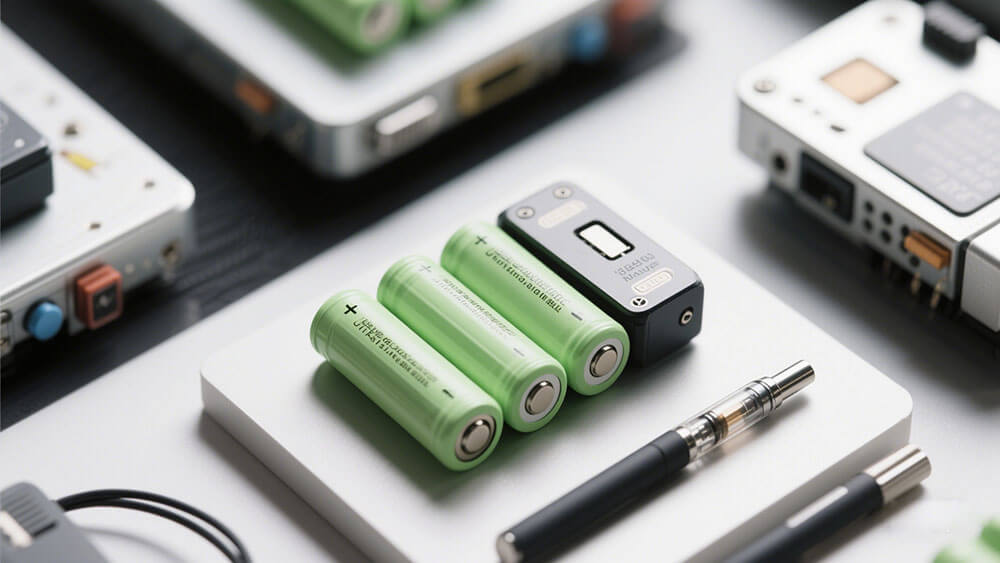
Part 2: Types of Vape lithium battery
When selecting the right battery for your vape device, understanding the different types of vape batteries is crucial. Each type offers unique features and performance benchmarks, making them suitable for specific applications.
2.1 Lithium-Ion (Li-ion) Batteries
Lithium-Ion (Li-ion) batteries are the most widely used power source in vaping devices due to their balance of energy density, compact size, and discharge performance, using lithium compounds (e.g., LCO, NMC or NCA) as the cathode and graphite as the anode.
Key Features:
High Energy Density: 150–250 Wh/kg, ideal for prolonged vaping sessions.
Discharge Rate: Typically 10–30A continuous discharge, supporting mid-to-high-power devices (e.g., 40–100W).
Common Models:
18650: 18mm diameter, 65mm length; 2,000–3,500mAh capacity (e.g., Samsung 30Q, Sony VTC6).
21700: Larger size with 4,000–5,000mAh capacity; supports high-power devices (e.g., Molicel P42A).
Common Li-ion Chemistries in Vapes
Chemistry
Cathode Material
Pros
Cons
LCO
Lithium Cobalt Oxide
High capacity, stable voltage
Thermal instability at high loads
NMC
Nickel Manganese Cobalt
Balanced energy/power, safer
Moderate cycle life
NCA
Nickel Cobalt Aluminum
High energy density, long life
Expensive, sensitive to overcharge
Safety: Requires protection circuits to prevent overcharging (>4.2V) and thermal runaway.
2.2 Lithium Polymer (Li-Po) Batteries
Lithium Polymer (LiPo) batteries are known for their compact design and flexibility. These batteries are often used in advanced vape mods due to their ability to deliver high power in a lightweight package. Tests by Battery Mooch indicate that the 3S 11.1V LiPo battery maintains stable temperature rise at 45C discharge, making it ideal for 200W+ devices. LiPo batteries are favored for their customizable shapes, making them suitable for slim or uniquely designed vape devices.
Key Features:
Lightweight and Customizable: Fits compact or irregularly shaped vape mods.
High Discharge Rates: Up to 45C for special purpose cells, suitable for high-wattage vaping (e.g., 200W+ devices).
Safety Risks: Pouch design increases puncture risk, requiring robust casing in vape devices.
Adoption Trends:
LiPo batteries are increasingly popular in high-performance vape mods.
Their lightweight design and high discharge rates make them ideal for users seeking portability and power.
2.3 Lithium Iron Phosphate (LiFePO₄)
Lithium Iron Phosphate (LiFePO₄ or LFP) batteries are a type of lithium-ion battery known for their exceptional thermal stability, safety, and long cycle life. They are increasingly used in vaping devices, particularly in applications prioritizing safety over high energy density.
Key Features:
Lower Energy Density: ~90–120 Wh/kg, limiting use to low-to-mid-power devices.
Long Cycle Life: 2,000+ cycles, ideal for frequent users.
Voltage Profile: Nominal 3.2V, requiring device compatibility adjustments.
Limitations in Vape Batteries
Lower Energy Density:
Reduced runtime per charge compared to Li-ion (e.g., a 2,000mAh LiFePO₄ provides ~20% less energy than a 2,000mAh Li-ion).
Voltage Compatibility:
Lower nominal voltage (3.2V vs. 3.7V) requires device redesign or firmware adjustments to maintain power output.
Example: A 0.5Ω coil at 3.2V produces ~20W (vs. ~27W at 3.7V).
Size Constraints:
Larger physical size for equivalent capacity (e.g., 26650 LiFePO₄ vs. 18650 Li-ion).
2.4 All-Solid-State lithium batteries (Emerging Tech)
All-solid-state lithium batteries (ASSBs) represent a groundbreaking advancement in battery technology, replacing traditional liquid electrolytes with solid alternatives (ceramics, polymers, or sulfides). Toyota and QuantumScape’s collaborative solid-state battery achieves 400 Wh/kg energy density, with commercialization expected by 2025 (Source: Nature Energy, 2023). While still in development for consumer electronics, they hold transformative potential for vaping devices.
Potential Benefits:
Enhanced Safety:
Eliminates flammable electrolytes, preventing fires/explosions even if punctured or overcharged. Stable at extreme temperatures (-30°C to 100°C), ideal for sub-ohm vaping’s heat output.
Higher Capacity: Doubles runtime compared to Li-ion (e.g., 3,000 mAh ASSB ≈ 6,000 mAh Li-ion in capacity equivalence).
Ultra-Fast Charging: Solid electrolytes enable 10–15 minute full charges (vs. 1–2 hours for Li-ion).
Current Limitations: Not yet commercially widespread in vaping devices.
Understanding these types of vape pen batteries will help you choose the best option for your device, ensuring optimal performance and safety.
Choosing the right vape lithium battery is essential for a safe and enjoyable vaping experience. Batteries with higher energy density, proper capacity, and suitable discharge rates ensure optimal performance while reducing risks.
Factor | Description | Impact on Safety and Functionality |
|---|---|---|
Battery Type | Lithium-ion batteries are preferred due to higher energy density. | Enhances performance and reduces risk of overheating. |
Capacity | Measured in mAh; higher capacity means longer usage time. | Longer sessions reduce the frequency of recharging. |
Discharge Rate | Important for high-wattage devices; higher rates support power-intensive use. | Ensures device operates safely under high demand. |
Prioritize batteries with advanced safety features and maintain them properly to extend their lifespan. Understanding key factors like capacity, discharge rate, and compatibility helps you make informed decisions, ensuring both safety and functionality.
FAQ
What is the best way to store 18650 vape battery?
Store batteries in a cool, dry place. Use a protective case to prevent contact with metal objects. Avoid exposing them to extreme temperatures.
How often should you replace vape pen batteries?
Replace batteries every 6-12 months or when you notice performance issues like reduced capacity or overheating. Regular inspections help identify when replacements are necessary.
Can you use any charger for vape batteries?
No, always use the charger recommended by the manufacturer. Using incompatible chargers can damage the battery or pose safety risks.
Leave Message
Hottest Categories
-
Hottest Industry News
-
Latest Industry News




